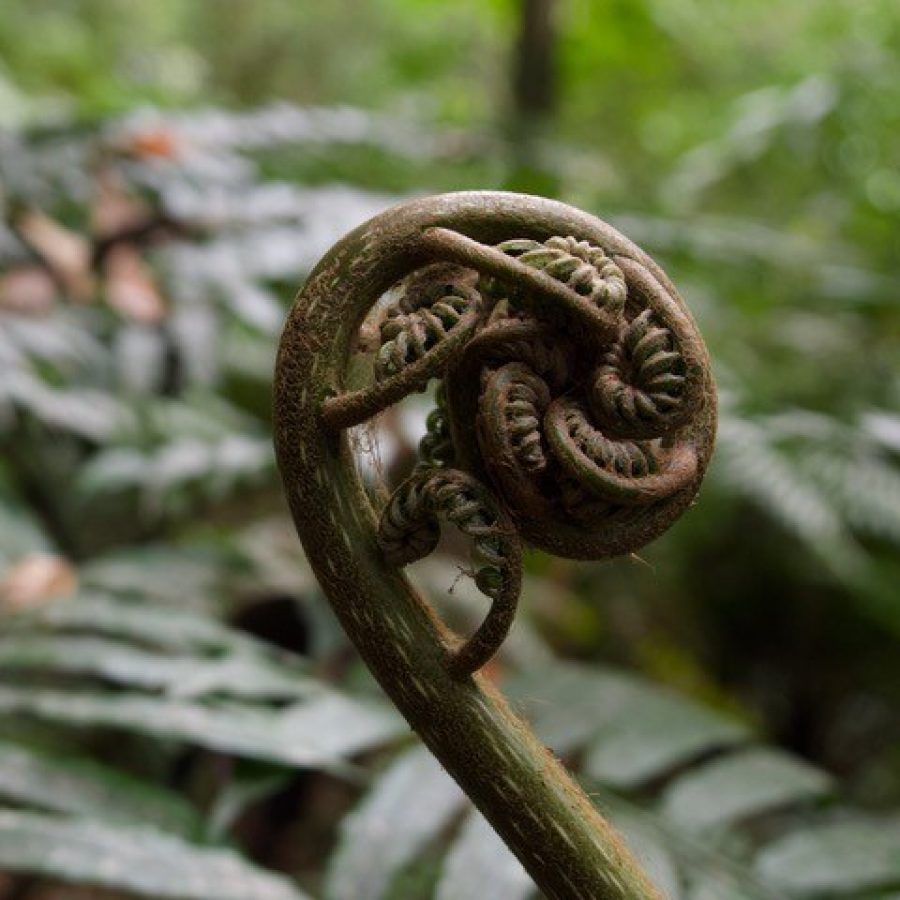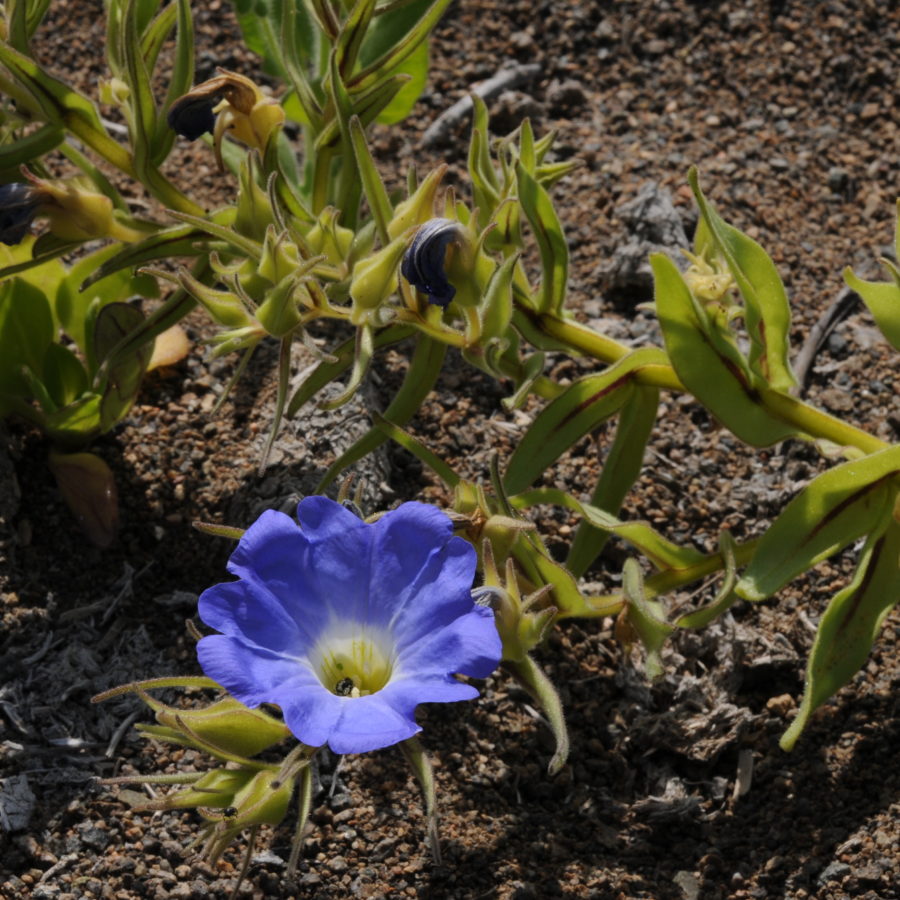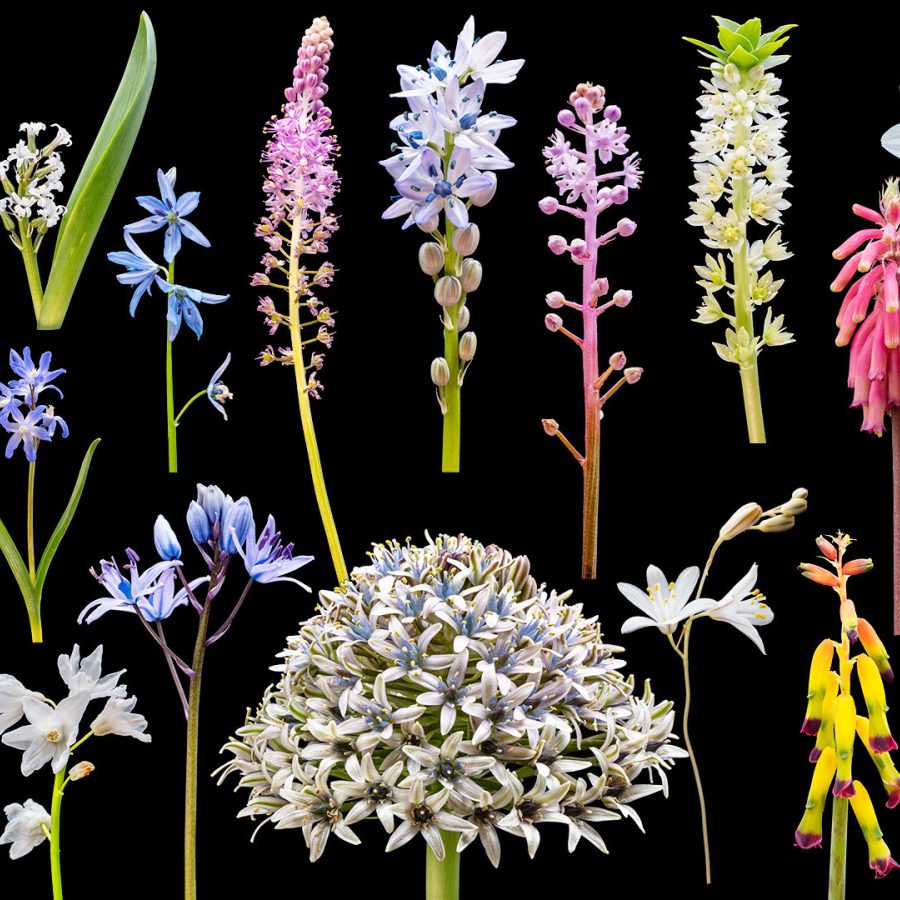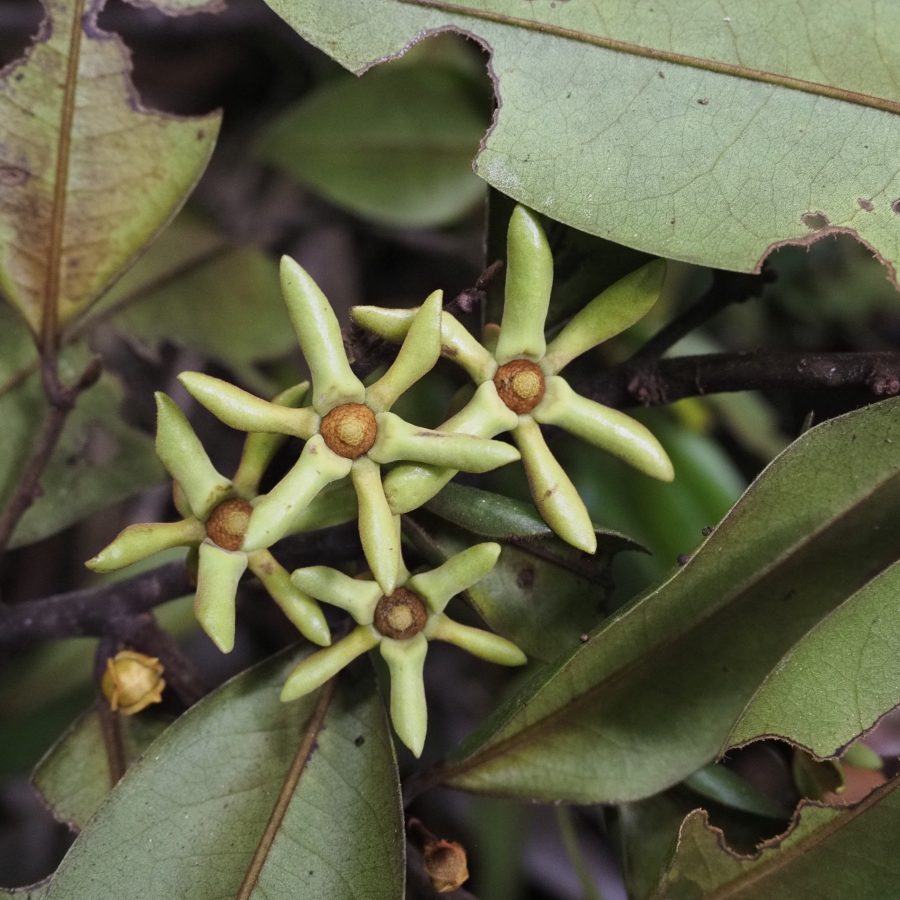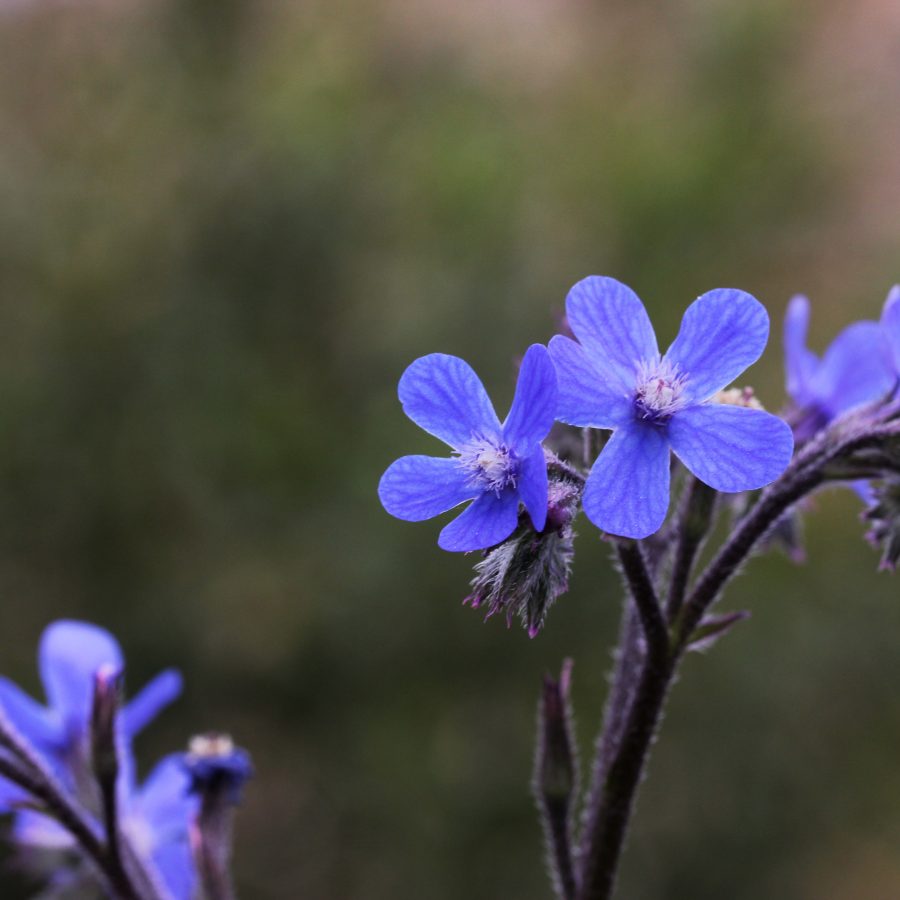WFO TENs: shaping the global classification
WFO maintains a global consensus classification for all bryophytes and vascular plants. This is used as the taxonomic backbone for the WFO’s data portal, for publishing six-monthly versions of the WFO Plant List, and contributes to Catalogue of Life and GBIF.
WFO appoints Taxonomic Expert Networks (TENs) to curate this consensus classification, thereby establishing the taxonomy to be used for their groups. The WFO Consortium welcomes engagement by the international taxonomic community to create and join TENs.
What is a TEN?
TENs are collaborations of taxonomic experts who work together to agree upon a consensus classification for their plant groups. TENs are the preferred approach for empowering the taxonomic community to contribute to a global checklist of plants as community-based consensus classifications are more robust and more sustainable than those produced by individuals.
TENs are encouraged to work at the family level, but we recognize that in some cases a different taxonomic rank may be more appropriate. Above the rank of family, we have ‘major group’ TENs (e.g. bryophytes, pteridophytes and conifers) and order-level TENs (e.g. Caryophyllales, Commelinales and Dipsacales). We also have a few suprageneric TENs (e.g. Papaveraceae tribe Papaverae), although these are seen as ‘stepping stones’ that will later become part of a family-level TEN.
A TEN is responsible for curating all names in their taxonomic group, however, we acknowledge that for most TENs this will be work in progress, with TENs providing incremental updates focussed on the taxa being actively worked on, whist other taxa await taxonomic scrutiny.
We ask TENs to be open, inclusive, representative and collaborative. They should include specialists from across the geographic distribution of the plant group, cover a range of taxonomic viewpoints, and be open to new membership.
Why should I be involved in a TEN?
The WFO TEN community sees the following benefits of contributing to TENs and supporting the work of the WFO.
Strengthening collaborations
Participation in TENs stimulates networking and information exchange among specialists. It builds relationships, creating more inclusive communities and generating new research.
Impactful publications
As well as traditional articles documenting taxonomic revisions, data papers publishing completed classifications are proving to be highly cited, e.g.
Caryophyllales: https://doi.org/10.3372/wi.45.45301
Cactaceae: https://doi.org/10.3372/wi.51.51208
Erica: https://doi.org/10.3897/phytokeys.243.121555
Improved grant success
Including contributing to WFO strengthens funding applications, e.g. Cyperaceae TEN’s iSedge project.
Accreditation
Accreditation on the WFO data portal is currently given at the TEN level, with a link to the TEN home page in the 'Find out about’ area. TENs can use this page to promote their work, give information about their plant group, highlight the people involved, provide key references, acknowledge funding, etc. Within Rhakhis, ORCID iDs are used to track participants in TENs and the edits they make. ORCID iDs are used to generate authorship for the six-monthly data releases published to the WFO Zenodo archive and Catalogue of Life ChecklistBank.
Global influence
Being part of a widely used, community-supported global classification ensures that your taxonomic research is mainstreamed into global studies. WFO data are increasingly being adopted for international resources, such as Catalogue of Life and GBIF, and the WFO classification is being used for a wide range of taxonomic and applied studies, e.g. an analysis of big and megadiverse flowering plant genera https://doi.org/10.5519/unb73250, and a synthesis of tree plot databases, SynTreeSys.
Supporting conservation
Initially established to support the Global Strategy for Plant Conservation (GSPC) 2020, WFO is endorsed by the 196 Parties to the Convention on Biological Diversity. This endorsement continues with WFO specifically named in the GSPC’s complementary actions supporting the Kunming-Montreal Global Biodiversity Framework.
Career development
Being part of a TEN increases researcher visibility and impact, particularly within their peer group, and provides opportunity for career advancement through networking and joint publications. This is especially important for the establishment of early career scientists.
Research support
TENs can use WFO’s internet accessible collaboration platform Rhakhis, and draw on support from the WFO TEN Manager. TENs also have access to comprehensive, high-quality datasets, workshops and training, and receive feedback on data quality and data updates, including new names and edits from IPNI and BryoNames.
I am interested – what families are already covered by a TEN?
An alphabetical list of approved TENs is given below and every TEN has a home page in the Taxonomic Expert Network area of the website, linked to via this list.
If you wish to join an existing TEN you can contact the TEN Lead directly using details provided on the TEN page, or you can email the TEN Manager to ask what to do here.
If the family in which you specialise is not yet covered by a TEN, then we encourage you to form one – read on to find out how to do this and what resources are available to help ...
How are TENs formed?
TENs have been formed through a variety of pathways. Some have come from existing networks, such as SolanaceaeSource and the International Compositae Alliance, others have arisen from ongoing collaborations, as was the case for Zingiberaceae and Begoniaceae. Many TENs are now being formed de novo by bringing together researchers around the world who may or may not have worked together in the past, resulting in new networks and fostering new collaborations.
WFO looks for TENs to show that they are open, inclusive, representative, collaborative and sustainable. This can be done through the demonstration of existing partnerships, by reaching out to new members during the formation of the TEN, and through publication records. There is no set framework for a TEN and they can be as structured or as fluid as required, with each group deciding how best to organise themselves and arrive at consensus decisions. Each TEN must have a lead as a focal point of contact for communication with the WFO TEN Manager and to field enquiries. For large groups there maybe more than one lead. Wherever possible, TENs should be led by people with institutional support as this promotes sustainability.
New TENs are approved at the six-monthly meetings of the WFO Council, acting on the recommendation of the WFO Taxonomic Working Group. Prospective TENs work with the TEN Manager to help them through this simple process, with the Taxonomic Working Group giving feedback to help strengthen applications.
To help inform decision making, we ask prospective TENs to answer the following questions as part of the approval process:
- Who are the participants in your network and what are their institutional affiliations?
- Do you have examples of published literature (links to Research Gate, Google Scholar or personal homages are ok) from members of your proposed group on the family?
- Who would be the contact person (TEN Lead) for your group?
- Do you have a database system that you currently use to manage your classification data or would you like to use WFO’s Rhakhis system?
- Do you have dedicated resources (e.g. staff time or funding) to maintain your network?
- Do you foresee any obstacles that would restrict your ability to share your data as WFO Plant List data are public domain (CC0)?
How are TENs supported and reviewed?
The TEN Manager remains in contact with the TEN Lead to support their work and help with any issues that might arise. If a new TEN has its own database, then the TEN Manager helps with name matching and assigning WFO IDs to scientific names, an essential first step needed for importing classification updates from the TEN. Those using Rhakhis avoid this step and can contribute data directly.
The TEN Manager reports to WFO Council at their six-monthly meetings. This report includes an account of the progress being made by existing TEN in curation of the classification in their groups. We recognize that TENs, especially newly formed TENs, will not be able to contribute classification updates immediately, but if TENs become inactive then the WFO Council reserves the right to remove their approved status after review. If a TEN finds that it is unable to continue and wishes to withdraw, they should contact the TEN Manager.
How do TENs develop a consensus?
There is no set formula for managing a TEN, some are more formally structured, other are more fluid. We encourage the members of TENs to come to a consensus through discussion and collaboration.
Examples
Apocynaceae TEN - https://doi.org/10.1002/tax.13220
Legume TEN - https://www.legumedata.org/working-groups/taxonomy/
How do TENs contribute their data?
If you already have structured classification in an existing database and wish to continue to use this, we will work with you to batch process ingesting an import from your database once the names have been matched to existing WFO records and WFO IDs are stored in your TEN database.
Increasingly, TENs are contributing directly into WFO by curating and correcting data in the Rhakhis Taxonomic Editor. Rhakhis is a user-friendly online tool for curating names and classification data. People log into Rhakhis with their ORCID iD and make edits in the part of the taxonomic hierarchy to which they have been assigned. TEN Leads are assigned editorial rights at the top level of their taxonomic group (usually at the rank of family), and they can assign editorial rights to others at any level within this part of the hierarchy. ORCID iDs are used to track people’s contributions and generate the authorship for outputs of the WFO global classification (e.g. the WFO Plant List in Zenodo and Catalogue of Life’s ChecklistBank).
What resources are available for Rhakhis users?
Rhakhis Users' Handbook gives full instructions and video walkthroughs on how to use the Rhakhis user interface. The TEN manager is available for help users with problems using Rhakhis and additional online training can be arranged.
Rhakhis (sandbox) is available for anyone wanting to familiarise themselves with Rhakhis and have a play with sample data. You only need an ORCID iD to get started, and you don't need to worry about messing things up as any changes to the data are reset every 24 hours.
IPNI - WFO has a monthly workflow to add new names to that are added to IPNI. We notify TENS of new names in their group via email. As part of that monthly workflow we also bring in nomenclatural corrections made by the IPNI team which updates our linked records.
In Rhakhis there is a live check function comparing nomenclatural data to the linked record in IPNI, so you can see if WFO deviates. If you wish to send a correction to IPNI there a facility to do this which sends a feedback email to IPNI prepopulated with the information the IPNI editors need to assess the change.
List of Approved Taxonomic Expert Networks (TENs)
The following is an alphabetic list of currently approved TENs. We also have wish lists of families needing TENs:
Larger Families (more than 500 species) that do not have a TEN are found here
Smaller Families (less than 500 species) that do not have a TEN are found here
If you would like to discuss forming a new TEN or wish to join an existing TEN please do get in touch with the TEN Manager.
